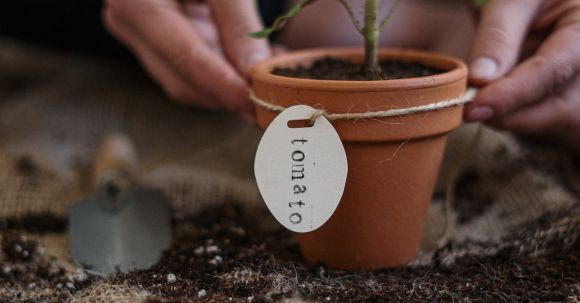Community gardens have gained popularity in recent years as a way to promote local sustainability and foster a sense of community. These gardens not only provide fresh and healthy produce to participants but also serve as a gathering place for neighbors to connect and share knowledge. If you are interested in starting a community garden in your area, here are some steps to get you started.
1. Identify a Suitable Location
The first step in starting a community garden is finding a suitable location. Look for an area that receives ample sunlight, has access to water, and is easily accessible to community members. Consider reaching out to local parks, schools, or churches to see if they have any available space that could be utilized for a garden.
2. Gather Community Support
Building a community garden requires the support and involvement of local residents. Start by spreading awareness about your project through flyers, social media, or community meetings. Encourage people to express their interest and get involved in the planning process. The more people you can get on board, the greater the chances of success.
3. Form a Garden Committee
Forming a garden committee is crucial to ensure the smooth functioning of the community garden. This committee should consist of passionate individuals who are willing to take on different responsibilities. Assign roles such as garden coordinator, treasurer, and communications manager to distribute the workload and ensure that everything is taken care of.
4. Plan the Garden Layout
Once you have a location and a committee in place, it is time to plan the garden layout. Consider factors such as the size of the garden, the types of crops you want to grow, and any additional features you would like to include, such as compost bins or seating areas. This planning stage is essential to make the most efficient use of the available space.
5. Secure Funding and Resources
Community gardens often require financial support to cover expenses such as tools, seeds, and fencing. Look for grants, sponsorships, or fundraising opportunities to secure the necessary funding. Additionally, reach out to local businesses, nurseries, or gardening organizations to see if they can provide any resources or discounted supplies.
6. Build Garden Infrastructure
Once you have secured funding and resources, it is time to build the infrastructure of the garden. This includes constructing raised beds, installing irrigation systems, and preparing the soil. Encourage community members to come together for workdays, where everyone can pitch in and help with the construction process.
7. Establish Garden Guidelines
To ensure the smooth operation of the community garden, it is important to establish clear guidelines for all participants. These guidelines should include rules regarding plot assignments, watering schedules, pest management, and communal responsibilities. By setting clear expectations from the beginning, you can avoid potential conflicts and create a harmonious gardening environment.
8. Maintain and Sustain the Garden
Once the community garden is up and running, regular maintenance is crucial to its success. Create a schedule for watering, weeding, and harvesting, and encourage all participants to take an active role in the garden’s upkeep. Regular community workdays can also be organized to tackle larger tasks and foster a sense of ownership among garden members.
Starting a community garden requires dedication and collaboration, but the rewards are well worth the effort. By providing a space for residents to grow their own food and connect with nature, these gardens can make a significant impact on local sustainability and create a stronger sense of community. So, gather your neighbors, roll up your sleeves, and get ready to start your own community garden!
